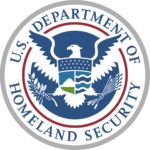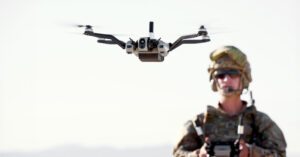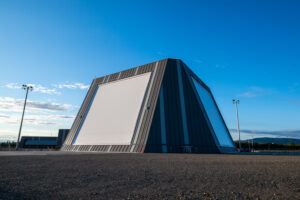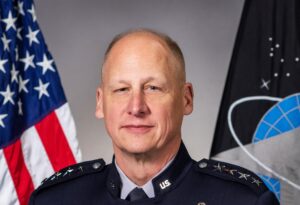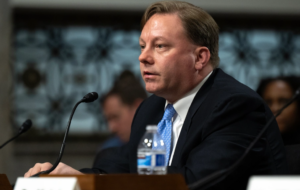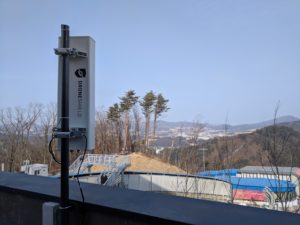
A new federal plan giving the Transportation Security Administration (TSA) responsibility for countering unmanned aircraft systems (UAS) that pose potential threats to airport operations is “unlawful” and should instead come under the authority of the Federal Aviation Administration (FAA) because nearly all drone incidents are safety related, a Republican congressional aide said earlier this month. The “vast, vast majority of these UAS fall under the careless and clueless category,” the aide said, adding that this will likely remain the case…

 By
By 